1. The To-Go Coffee Cup
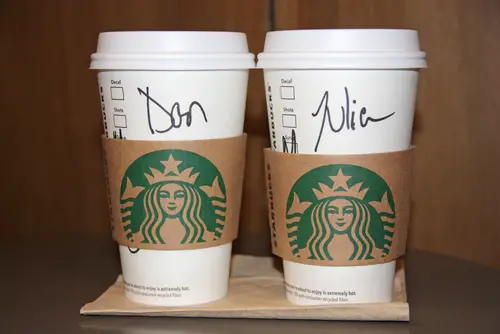
Americans are constantly on the move, and the disposable coffee cup has become a symbol of that pace. You’ll spot people clutching them on commutes, in meetings, and even while shopping. It reflects a culture that values convenience, efficiency, and caffeine-fueled productivity. In many ways, the cup itself has become shorthand for the “busy American lifestyle.”
The design of these cups—with lids that allow sipping while walking or driving—was pioneered in the U.S. during the mid-20th century. They’ve since become inseparable from chain coffee shops like Starbucks and Dunkin’. Their ubiquity hints at a national reliance on coffee as both a comfort and a necessity. And while other countries enjoy coffee, the American to-go habit is particularly distinct.
2. The Pickup Truck
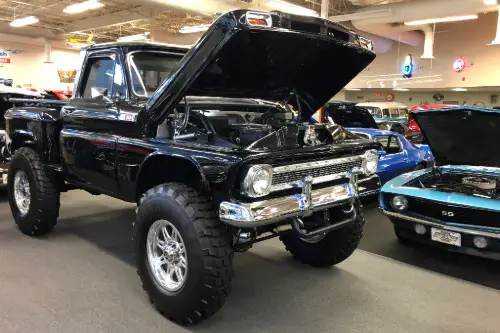
For decades, pickup trucks have been among the best-selling vehicles in America. They’re tied to rural life, construction work, and a rugged sense of independence. More than just a mode of transportation, they carry a cultural weight as a symbol of self-reliance. Owning one can signal both practicality and pride.
The popularity of pickups is rooted in American history, from farming communities to the postwar boom in consumer goods. Even today, models like the Ford F-150 dominate sales charts. Trucks are marketed as all-purpose machines for work and play, reinforcing ideals of versatility. They embody the American spirit of mobility and freedom.
3. The Baseball Cap

The baseball cap is more than just sports gear—it’s a casual fashion statement embedded in American identity. Originally designed in the 19th century for players, it quickly spread beyond the diamond. Now it’s worn at barbecues, airports, and even formal events. Few other pieces of clothing have achieved such mainstream versatility.
The cap’s curved brim and adjustable strap are practical for sun protection and comfort. But culturally, it’s become shorthand for informality and approachability. Politicians often wear them to appear “down-to-earth.” It’s a small object that quietly says a lot about how Americans blur the lines between sport, style, and everyday life.
4. The Lunchbox
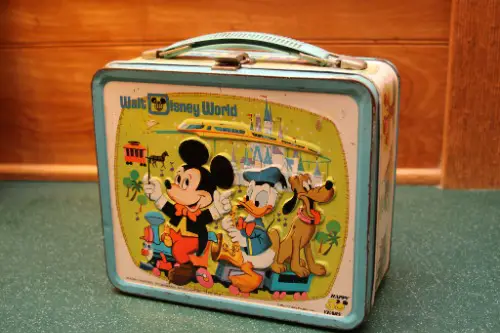
American lunchboxes have long been more than containers for sandwiches and snacks. In the mid-20th century, metal boxes decorated with TV characters became cultural icons. For schoolchildren, they were a badge of identity and taste. Even adults carry versions of them today, signaling the practicality of meal prep.
Lunchboxes also reflect the American emphasis on individuality. Choosing a lunchbox design was, for many kids, an early form of self-expression. Beyond childhood, bringing your own lunch underscores a culture of independence and frugality. It shows how even simple objects can carry cultural significance.
5. The Recliner Chair

Recliners are a staple in many American living rooms. They embody relaxation after a long day of work, often positioned in front of the television. The chair itself symbolizes leisure, comfort, and family-centered downtime. It’s a distinctly American invention, patented in the late 1920s.
While chairs are universal, the recliner’s popularity reveals a cultural focus on comfort and personal space. It’s designed for the individual, not for sharing. The association with sports watching and weekend naps is uniquely tied to U.S. habits. It’s as much a cultural statement as it is furniture.
6. The Drive-Thru Window
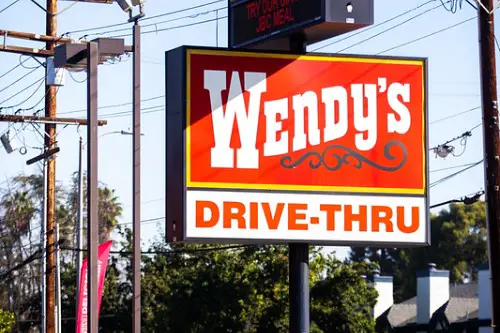
Drive-thrus are a uniquely American contribution to global dining. They highlight the national love of cars and efficiency. Whether it’s burgers, coffee, or even pharmacies, the convenience of staying behind the wheel is key. It perfectly blends the country’s car culture with its appetite for speed and accessibility.
The first drive-thru appeared in the 1940s, and the concept spread rapidly alongside suburban expansion. It reflected a lifestyle where driving was not only normal but central to daily life. Today, drive-thrus remain an essential part of fast-food culture. They represent an intersection of technology, consumerism, and convenience.
7. The Red Plastic Cup
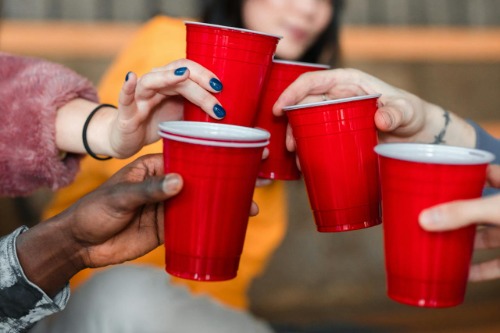
Few objects scream “American party” louder than the red Solo cup. Instantly recognizable, it’s a fixture at college parties, barbecues, and tailgates. Its disposable nature makes it perfect for casual gatherings. The cup has even made its way into music and movies as a symbol of American fun.
Beyond the pop culture references, the cup reflects a preference for informal, communal drinking. Unlike wine glasses or beer steins, it doesn’t demand seriousness. Its durability and volume fit well with the American tendency toward big gatherings. What might seem like just a cup is actually shorthand for an entire social scene.
8. The Shopping Mall
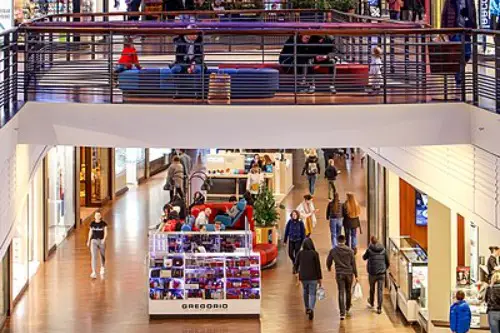
Malls shaped the social landscape of postwar America. They weren’t just about shopping but also about gathering, hanging out, and even exercising. For many suburban teenagers, the mall was the first taste of independence. Its decline in recent decades mirrors larger cultural shifts in retail and community spaces.
Built for convenience, malls reflected the car-centric, suburban way of life. They combined commerce with social interaction in climate-controlled comfort. The “mall culture” of the 1980s and 1990s was distinctly American, influencing movies, music, and fashion. Even in decline, the mall remains an enduring cultural symbol.
9. The Barbecue Grill
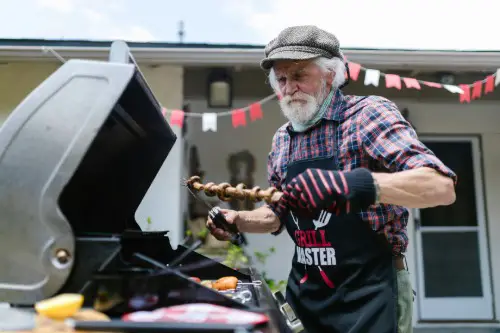
Backyard grilling is a cherished American tradition. From hot dogs on the Fourth of July to summer cookouts, the barbecue grill represents togetherness. It reflects a culture that prizes outdoor leisure and food-centered gatherings. For many families, it’s an essential part of warm-weather weekends.
The tradition grew after World War II, with suburban homes boasting yards perfect for grills. Charcoal and gas grills became central to the image of family life. They reinforce ideals of hospitality and community, while also showcasing regional barbecue styles. A grill is never just about food—it’s about culture on a plate.
10. The Pumpkin

Pumpkins are deeply tied to American traditions. They dominate the fall season, appearing in everything from pies to lattes. Halloween jack-o’-lanterns and Thanksgiving desserts make them seasonal staples. Their role in American holidays is both culinary and symbolic.
Pumpkins were cultivated by Indigenous peoples long before European settlers arrived. Over time, they became central to national identity, particularly in autumn. The pumpkin patch outing is now a ritual for families. This simple gourd has grown into a cultural icon that defines an entire season.
11. The T-Shirt

The humble T-shirt has its roots in U.S. military uniforms of the early 20th century. Over time, it evolved into a blank canvas for self-expression. Whether plain white, logo-covered, or slogan-filled, it reflects individual identity. It’s arguably the most democratic piece of clothing in America.
The rise of printed T-shirts in the 1960s and 1970s cemented their cultural role. They became wearable billboards for causes, bands, and brands. The ease of mass production meant anyone could display their personality or politics on their chest. In this way, the T-shirt embodies America’s mix of freedom and consumerism.
12. The Dollar Bill
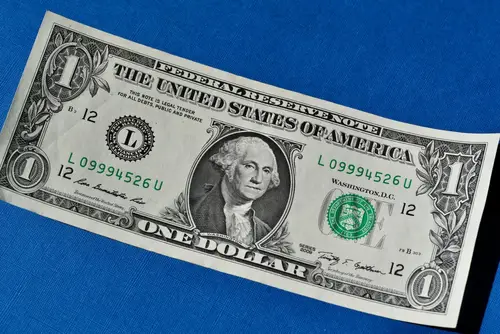
The U.S. dollar is more than currency—it’s a cultural export. With iconic imagery like George Washington’s portrait and the pyramid-and-eye seal, it reflects national ideals. The dollar also represents the country’s economic influence worldwide. At home, it’s an everyday object that carries global weight.
Paper money itself isn’t uniquely American, but the dollar’s reach is. It’s been the world’s reserve currency for decades, shaping trade and finance. Domestically, it symbolizes both practicality and patriotism. Holding one in your hand is holding a piece of American identity.
This post 12 Everyday Objects That Secretly Reveal American Culture was first published on American Charm.


